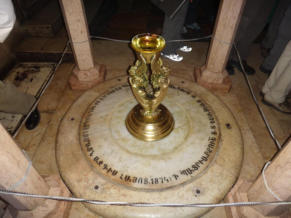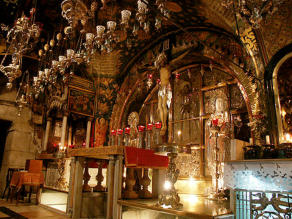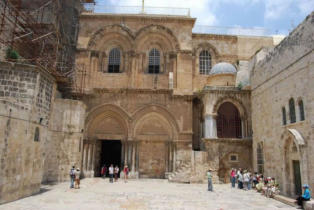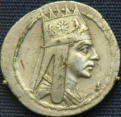

Armenian Jerusalem

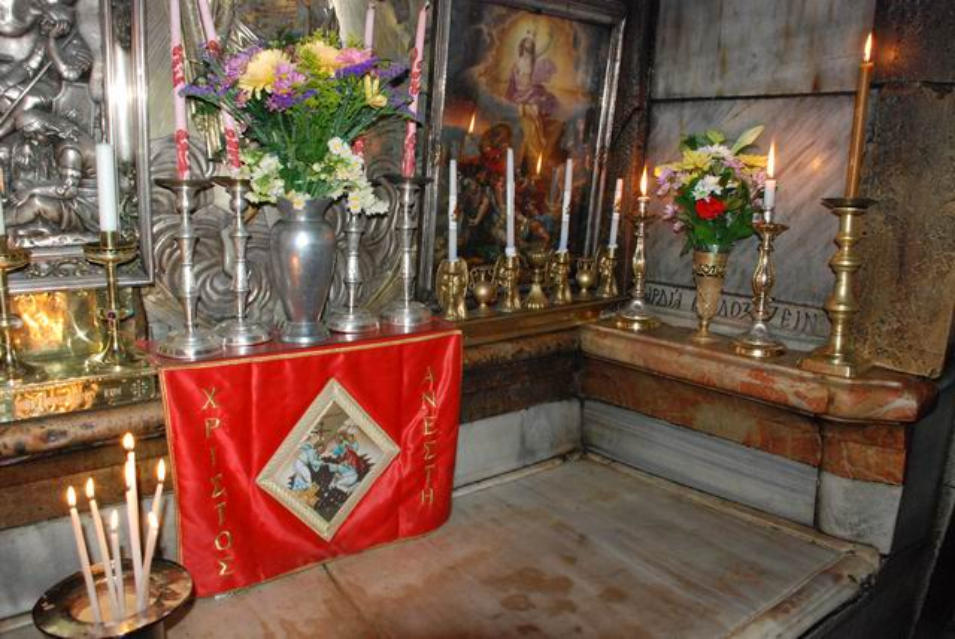

the tomb of Christ in the Holy Sepulchre

In
631
CE,
the
Caliph
Omar
Ibnul
Khattab
conquered
Jerusalem.
Flanked
by
his
generals,
he
marched
to
the
Church
of
the
Holy
Sepulchre,
the
placed considred the most sacred by his enemies, the Franks.
He
gazed
in
awe
at
the
church,
but
when
his
entourage
urged
him
to
enter
the
building
and
pray
there,
he
told
them
no.
Rather,
he
said,
pray
where
this
stone
drops.
And
he
picked
up
a
stone
and
threw
it
as
far
as
he
could,
away
from
the
church.
Moslem
armies
were
once
again
at
the
gates
of
Jerusalem,
when
Salah
ud
din
(Saladin)
overran
it
in
1187.
In
a
bid
to
ensure
fraternity
and
peaceful
co-existence
betwen
his
Moslem
and
Christian
subjects,
he
established
a
protocol,
still
adhered
to
today,
whereby
the
custody
of
the
keys
to
the
Holy
Sepulchre
is
entrusted
to Moslems.
Since
that
day
and
those
times,
when
combatants
knew
how
to
honor
the
precepts
of
chivalry,
control
over
access
to
the
Holy
Sepulchre has remained with the Moslems.
In
our
days,
it
is
two
venerable
Moslim
families,
the
Joudeh
and
Nusseibeh, who hold the keys to the imposing gate of the church.
Every
morning,
precisely
at
4:30
am,
a
member
of
the
Joudeh
family
picks
up
the
key
to
the
door
from
where
he
keeps
it
at
his
residence,
a
legacy
he
has
inherited
from
his
father
and
his
forebears.
Once
he
arrives
at
the
church,
he
entrusts
the
key
-
which
looks
like
an
iron
wedge
a
foot
long
-
to
a
member
of
the
Nusseibeh
clan,
who
then
proceeds
to
knock
on
the
door
to
alert
the
priests
and
pilgrims
who
had
spent the night inside the precinct of the church in prayer.
One
of
the
priests
inside
then
passes
a
wooden
ladder
through
a
porthole
so
the
Nusseibeh
guardian
can
use
it
to
climb
up
and
unlock
the
upper part of the towering gate.
He
then
he
unlocks
the
lower
part
before
handing
the
precious
key
back
to the Joudeh representative.
And every evening, at 7:30 pm, the ritual is repeated, in reverse.
But
despite
Omar's
and
Saladin's
well-intentioned
efforts,
harmony
among
the
various
Christian
denominations
remains
elusive
as
each
tries
to
defend
its
territorial
jurisdictions
and
rights
and
privileges
against
attemtps at encroachment.
More
than
once
monks
have
resorted
to
fists
to
make
their
point.
Perhaps
Saladin
foresaw
this
turn
of
events
and
ordered
the
second
front
gate of the church sealed.
A
different
protocol,
which
was
intorudced
at
the
end
of
the
19th
CE,
applies
during
Passion
Week.
On
Maundy
Thursday,
the
Nusseibehs
and
Joudehs
give
the
key
to
the
Holy
Sepulcher
to
the
local
Franciscan
friars,
for
as
long
as
it
takes
to
walk
to
the
church
in
a
procession
and
to
open
the door after the morning liturgies.
When
those
are
completed,
the
friars
return
the
key
to
the
families.
This
ceremony,
which
confirms
in
practice
the
validity
of
the
Moslim
families’
custodianship,
is
repeated
with
the
Greek
and
Armenian
communities
(members
of
the
Eastern
church
which
celebrate
the
feasts
on
a
different
day),
on
Orthodox
Good
Friday
and
Holy
Saturday,
respectively.

